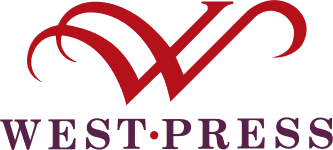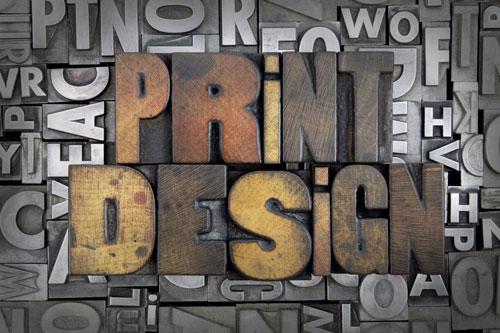We love good design and good printing. Good design and good printing go hand-in-hand with good files. Here are some standard and lesser-known things you can do to help create good print-ready files.
When starting any new project, it’s always a good idea to have a goal in mind — the final product. How will it be used — will it be a book, a postcard that mails, a brochure to be handed out or placed in a rack? Where will it be used — is this a piece that sits on the front counter of your office, does it need to wow someone at a trade show or is it strictly for your website? How will it be produced — will it print on press, print digitally, or will it be created for your website and therefore not print at all? Will it require any special finishing process — suppose you are creating a book, what kind of binding are you thinking about? These are a few important things to consider as you begin.
Print-ready is a term we use to describe a file with the minimum criteria necessary to produce high-resolution printed output, without requiring alteration or intervention.
Basic Print-Ready Checklist
- You know what you want to create and understand the finishing requirements (ie; binding, die cutting, folding, etc.)
- Document has the correct dimensions
- Document has the correct number of pages (stitched documents should be divisible by 4)
- Color space is correct — process or spot (not RGB) — for document and all linked files
- Information such as text or borders should not be closer than 1/8″ from any trimmed edge
- Resolution is at least 200 dpi at 100% size for digital and 300 dpi at 100% size for offset printing
- Bleed should extend at least 1/8″ past the trim edge
- All used fonts and images are included (InDesign, Illustrator, QuarkXPress, Publisher) with native files
- Ample contrast between text and background
- Spelling and grammar has been checked
- PDFs should have fonts either embedded or subset
- Avoid using images “copied & pasted” from the web
File Formats
West Press supports many types of programs and file formats, high-resolution Adobe PDF files are preferred when modifications or corrections are not required.
Native files created with Adobe products (InDesign, Illustrator or PhotoShop), QuarkXpress are good formats for commercial printing when linked files and fonts are included. Files created with Microsoft programs (Word, Publisher, PowerPoint or Excel) often require some intervention and conversion to be print-ready.
We recommend the use of vector over raster or bitmap images whenever possible.
Lesser-Known Technique
Solid Black Areas – When you want a large area of solid black within a document (excluding text), 100% black (K) will not result in a solid, saturated black. We recommend using rich black — a mixture of 60% Cyan (C), 40% Magenta (M), 40% Yellow (Y), and 100% Black (K) inks — to create a nice saturated black. In Adobe products, simply create a new ink swatch with this mixture.
Heavy Ink Coverage – Heavy ink coverage, when the mixture of inks in any one area is greater than 280%, can lead to printing and drying issues. This can affect the cutting and finishing of your project and cause a delayed delivery date or lead to other problems like “plugging” or “muddying” your photos. We recommend avoiding unnecessary ink saturation.
Pantone Colors – Coated or Uncoated? – In the world of Pantone Colors, C and U represent the result of ink on that particular type of stock.
Coated papers have a smooth finish — the paper is pressed and polished during the manufacturing process — making it less absorbent therefore the ink sits on top and doesn’t soak in. Coated paper allows the Pantone ink to look rich and vibrant.
Uncoated paper is paper without the coated layer — sometimes called bond, writing or text — making it more absorbent to ink. Since the uncoated stock allows for more absorption, the ink will look dull and darker than the same Pantone color on a coated stock.
You may find it helpful to specify different coated and uncoated spot colors depending on the stock used for printing (e.g., PMS 291C & PMS 290U are a good match).
West Press’ talented staff is here to help you each step of the way – from graphic design to printing to mailing services to large format to website development. Contact West Press or your Account Executive at 520-624-4939 today.

